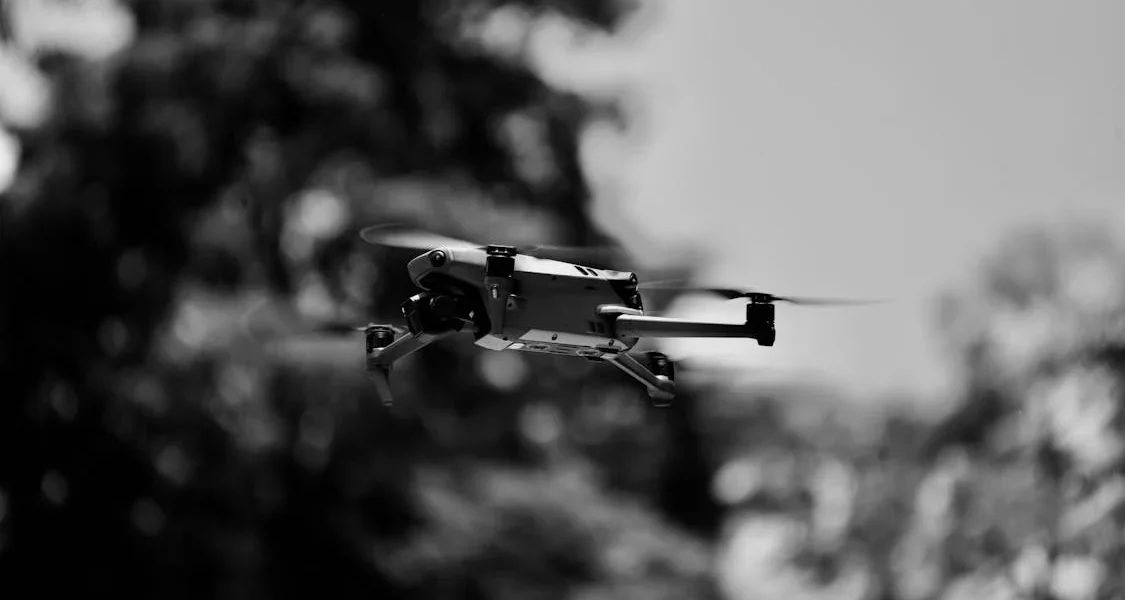The Honda Accord is a popular mid-size sedan, known for its reliability, performance, and comfort. However, even the best-engineered vehicles can experience issues over time. One common complaint among owners of the 9th generation Honda Accord (2013-2017) is a droning noise at idle. This issue, while not affecting the vehicle’s performance directly, can be annoying and concerning for drivers. In this blog post, we’ll explore the possible causes of this droning noise and suggest potential solutions to help you enjoy a quieter, more comfortable ride.
What is a Drone at Idle?
Before diving into the causes, it’s essential to understand what a “drone” is. In automotive terms, a drone is a low-frequency, continuous noise that can be heard, particularly when the vehicle is idling or at low speeds. This sound is often described as a hum or vibration that resonates through the cabin, making it unpleasant for both the driver and passengers.
Common Causes of the Drone at Idle in the 9th Generation Honda Accord
Several factors could contribute to the droning noise in a 9th generation Honda Accord while idling. Identifying the exact cause requires a systematic approach, but here are some of the most common culprits:
- Exhaust System Issues:
- The exhaust system is one of the primary sources of droning noises in vehicles. In the 9th generation Honda Accord, a loose or damaged exhaust component, such as the muffler, resonator, or catalytic converter, could cause the droning sound. Over time, these parts can develop leaks or become misaligned, leading to vibrations and noise at idle.
- Engine Mounts:
- Engine mounts are designed to absorb vibrations and keep the engine securely in place. If the mounts wear out or break, they can no longer effectively dampen the engine’s vibrations, causing a droning noise. This is particularly noticeable at idle when the engine is running at lower RPMs.
- Transmission Mounts:
- Similar to engine mounts, transmission mounts secure the transmission and help isolate vibrations. If these mounts become worn or damaged, they can lead to increased vibrations and noise in the cabin, which may be perceived as a drone at idle.
- Intake System Problems:
- The intake system controls the air entering the engine, and any issues with it can result in abnormal noises. A dirty or clogged air filter, for example, can restrict airflow and cause the engine to struggle at idle, leading to a droning sound. Additionally, a vacuum leak in the intake manifold or related components can create a hissing or droning noise.
- Faulty Alternator or Pulley System:
- The alternator and associated pulleys play a crucial role in the vehicle’s electrical system. If the alternator bearings or the pulleys are worn out, they can produce a droning noise, especially at lower engine speeds when the vehicle is idling.
- Aftermarket Modifications:
- Many Accord owners opt for aftermarket modifications, such as performance exhaust systems or air intakes. While these upgrades can enhance the vehicle’s performance, they can also introduce droning noises, especially if the parts are not correctly installed or are of lower quality.
- Tires and Wheel Bearings:
- While not as common, worn tires or wheel bearings can sometimes cause a droning noise. If the tires are unevenly worn or if the wheel bearings are failing, you might hear a continuous hum or drone that can be more pronounced at idle.
Diagnosing the Issue
If you’re experiencing a droning noise at idle in your 9th generation Honda Accord, it’s essential to diagnose the issue correctly. Here’s a step-by-step approach you can take:
- Listen Carefully:
- Try to identify where the noise is coming from. Is it louder inside the cabin, near the exhaust, or around the engine bay? This can help narrow down the potential sources.
- Inspect the Exhaust System:
- Check for any visible damage, loose components, or leaks in the exhaust system. You may need to have a mechanic lift the car for a thorough inspection.
- Check Engine and Transmission Mounts:
- Look for signs of wear or damage on the engine and transmission mounts. If you notice excessive engine movement or feel strong vibrations, the mounts may need to be replaced.
- Examine the Intake System:
- Inspect the air filter, intake manifold, and related components for any blockages, leaks, or damage.
- Inspect the Alternator and Pulleys:
- Listen for any unusual noises coming from the alternator or pulley system. A whining or grinding sound could indicate a problem.
- Check Tires and Wheel Bearings:
- Look for uneven tire wear or listen for noise from the wheel bearings. A droning noise that changes with vehicle speed rather than engine speed could point to this issue.
Solutions and Fixes
Once you’ve identified the source of the droning noise, the next step is to fix it. Here are some potential solutions:
- Repair or Replace Exhaust Components:
- If the exhaust system is the culprit, repairing or replacing the damaged components should eliminate the noise. Make sure all parts are properly aligned and secured.
- Replace Worn Engine or Transmission Mounts:
- If the mounts are worn or damaged, replacing them should significantly reduce vibrations and the associated droning noise.
- Clean or Replace Air Filters:
- Ensure the air filter is clean and free of blockages. If it’s dirty or clogged, replacing it can help improve engine performance and reduce noise.
- Address Alternator or Pulley Issues:
- If the alternator or pulleys are causing the noise, they may need to be repaired or replaced. This should be done by a qualified mechanic to ensure proper function.
- Evaluate Aftermarket Modifications:
- If you have aftermarket parts installed, consider whether they could be contributing to the noise. In some cases, switching to a different brand or reinstalling the parts correctly can help.
- Replace Tires or Wheel Bearings:
- If the noise is coming from the tires or wheel bearings, replacing them should resolve the issue. Ensure the tires are properly balanced and aligned.
Conclusion
While a droning noise at idle in your 9th generation Honda Accord can be annoying, it’s usually a symptom of an underlying issue that can be addressed. By carefully diagnosing the problem and taking the appropriate steps to fix it, you can restore the quiet, smooth ride that Honda Accords are known for. Whether it’s a simple fix like replacing an air filter or a more involved repair like changing engine mounts, addressing the issue promptly will ensure your vehicle remains comfortable and enjoyable to drive.


